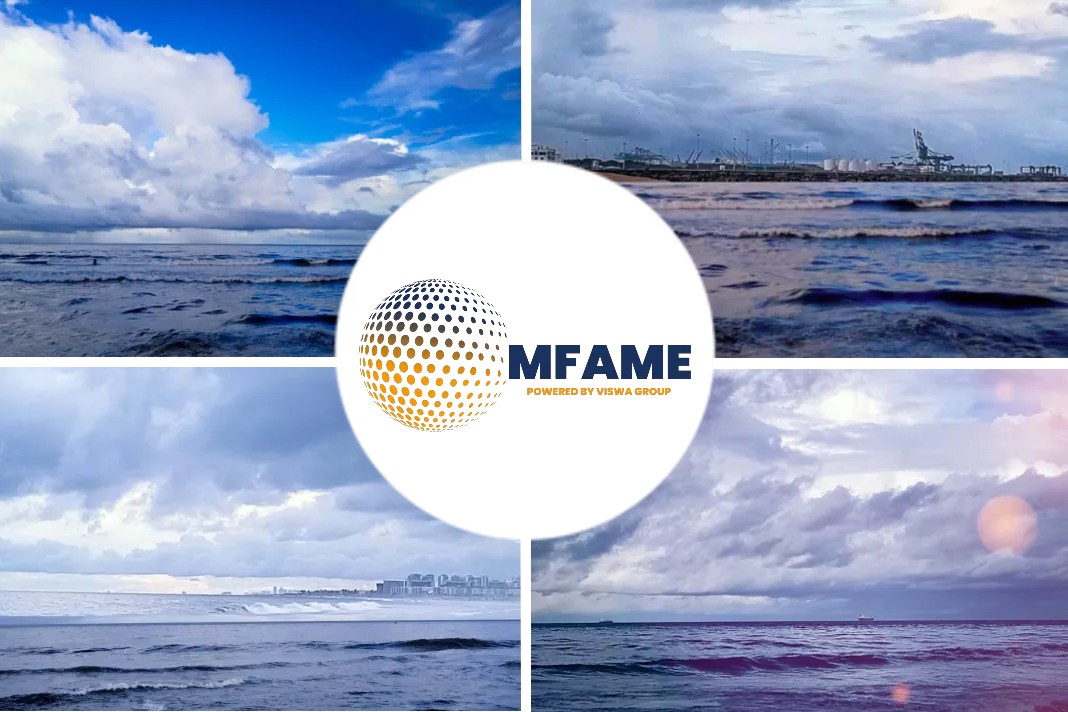According to an article published in Lloyd’s List, a DNV GL Nor-Shipping conference panel agreed that LNG will act as a bridging fuel up to 2030, but with little consensus as to how 2050 targets would be achieved.
The transitional fuel
A Nor-Shipping conference panel agreed that shipping leaders doubt the implementations of IMO 2050 to reduce emissions.
As per a panel from DNV GL’s Nor-Shipping conference, LNG is likely to be the transitional fuel to move the shipping industry towards its 2030 goals.
Challenge lies beyond 2030
Knut Ørbeck Nilssen, chief executive of DNV GL Maritime said that the 2030 targets would be reached through
- efficiency measures,
- slow steaming, and
- alternative fuels including LNG.
He said, “The challenge is what lies beyond that.”
LNG as a bridging solution
This was supported by Capt Rajalingam Subramaniam, head of AET, who added that they are still confident about LNG as a bridging solution and LNG would still play a significant role in the energy mix by 2050.
However, he was confident that LNG would not be able to achieve the International Maritime Organization’s 2050 targets on its own.
Way to achieve 2050 goal
Amidst approval to Capt Subramaniam’s assessment by other panelists, there was agreement that operational efficiency measures would make inroads into the emissions reduction requirement.
“Gas is a hydrocarbon,” said Francesco Bellusci, managing director of Scorpio Group. “Increasing efficiency is fundamental: only this will help to move toward 2050.”
Cut down monetary funds?
A more harsh and severe solution was proposed by Bill Guo, head of shipping at ICBC Leasing. “The best thing to do is to stop financing ships until 2050,” said Mr Guo.
He added that the LNG ships that are under construction now will last until 2050. Anyways this is not possible as the Chinese shipyards would go to the government.
A more feasible idea would be to stop financing ships that do not meet IMO regulations. However, employing this solution would pose the question: what would happen to the almost 10,000 ships that are currently owned — fully or partly — by the banks themselves?
Plight of transitional fuel beyond 2030
The conference chaired by Richard Meade, Lloyd’s List editor, concluded that the Global Sulphur Cap and its aftermath would dominate the period from 2020 to 2022.
The years 2022 to 2030 would see focus placed on hitting IMO targets for emissions reduction by that year. The solution to go further beyond the years 2030 and 2050 had little consensus.
Mr. Bellusci said that the maritime industry won’t be able to control worldwide trading, so only short-term solutions can be invested upon.
He also said, “We need to work across supply chain: charterer, receiver, port operator: collaboration is key.”
R&D to formulate new solutions
Knut Ørbeck Nilssen agreed, and went further. He urged a closer engagement with academia and urged to bring public money to help fund R&D into new solutions.
“Class is an integrator in the industry but be warned: if you expect R&D to be carried out by class or ship owners, don’t be surprised if they are squeezed by accountants.”
Did you subscribe to our daily newsletter?
It’s Free! Click here to Subscribe!
Source: LloydsList






















